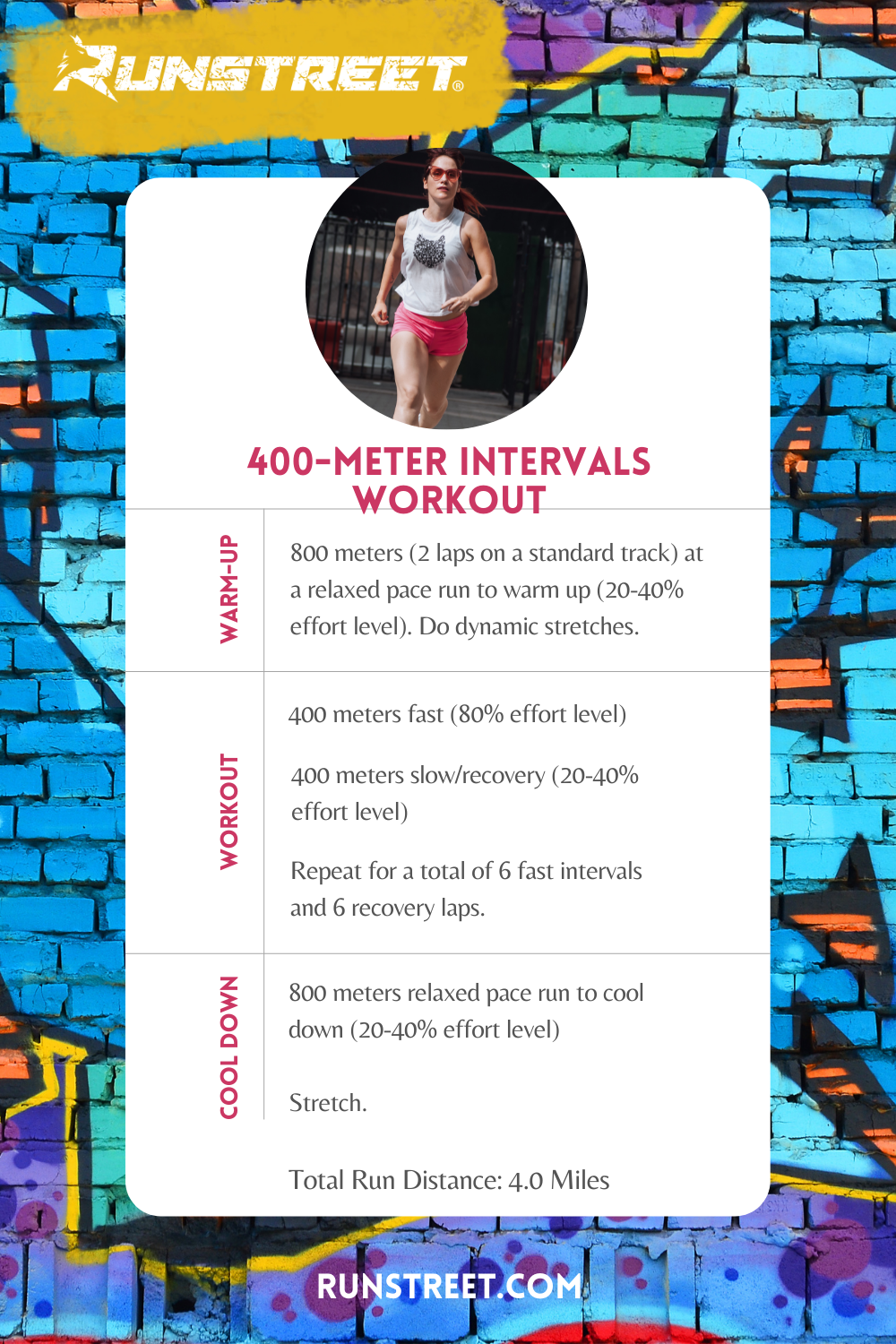Master Your Running Workout: Reliable Strategies for Success
Master Your Running Workout: Reliable Strategies for Success
Blog Article
Managing Usual Running Pains: Causes, Solutions, and Avoidance
As joggers, we often run into numerous pains that can hinder our efficiency and satisfaction of this physical task. By discovering the origin reasons for these operating discomforts, we can uncover targeted options and preventive steps to make certain a smoother and much more meeting running experience.
Usual Running Discomfort: Shin Splints
Shin splints, a common running pain, usually arise from overuse or inappropriate footwear during physical task. This problem, medically known as median tibial tension disorder, shows up as discomfort along the inner edge of the shinbone (shin) and is widespread amongst professional athletes and runners. The recurring stress and anxiety on the shinbone and the cells affixing the muscle mass to the bone brings about swelling and pain. Runners that swiftly raise the strength or period of their workouts, or those that have level feet or improper running strategies, are particularly susceptible to shin splints.
To avoid shin splints, people ought to gradually enhance the intensity of their workouts, use suitable footwear with correct arch assistance, and preserve versatility and toughness in the muscle mass bordering the shin. If shin splints do take place, preliminary therapy involves rest, ice, compression, and elevation (RICE) In addition, including low-impact tasks like swimming or cycling can aid keep cardiovascular fitness while allowing the shins to recover. Persistent or serious instances may call for medical examination and physical treatment for reliable monitoring.
Usual Running Pain: IT Band Disorder
In addition to shin splints, an additional common running discomfort that professional athletes commonly come across is IT Band Syndrome, a condition triggered by swelling of the iliotibial band that runs along the outer upper leg and knee. IT Band Syndrome usually manifests as discomfort on the outside of the knee, specifically during tasks like running or cycling. The iliotibial band is a thick band of fascia that attaches the hip to the shin, and when it ends up being inflamed or tight, it can massage versus the thigh bone, leading to discomfort and pain.
Joggers experiencing IT Band Syndrome may observe a stinging or aching feeling on the outer knee, which can intensify with ongoing task. Factors such as overuse, muscle discrepancies, incorrect running form, or inadequate workout can add to the growth of this problem. To stop and ease IT Band Syndrome, runners should concentrate on stretching and strengthening workouts for the hips and thighs, correct footwear, steady training progression, and resolving any kind of biomechanical concerns that may be worsening the issue. Disregarding the symptoms of IT Band Disorder can cause persistent concerns and prolonged recovery times, stressing the relevance of early treatment and correct monitoring methods.
Typical Running Discomfort: Plantar Fasciitis

Plantar Fasciitis can be credited to numerous elements such as overtraining, incorrect footwear, running you can check here on tough surface areas, or having high arches or flat feet. To stop and ease Plantar Fasciitis, joggers can include stretching workouts for the calves and plantar fascia, use helpful footwear, maintain a healthy weight to reduce pressure on the feet, and progressively increase running strength to stay clear of abrupt stress and anxiety on the plantar fascia. If signs and symptoms linger, it is advised to seek advice from a healthcare specialist for correct medical diagnosis and therapy choices to deal with the condition effectively.
Common Running Pain: Runner's Knee
After resolving the difficulties of Plantar Fasciitis, another prevalent concern that runners typically encounter is Runner's Knee, an usual running discomfort that can hinder athletic performance and create pain throughout exercise. Runner's Knee, additionally recognized as patellofemoral pain syndrome, manifests as discomfort around or behind the kneecap. This condition is frequently credited to overuse, muscular tissue discrepancies, inappropriate running methods, or problems with the positioning of the kneecap. Joggers experiencing this pain might feel a plain, aching discomfort while running, going up or down stairways, or after prolonged durations of sitting. To avoid Jogger's Knee, it is essential to include proper workout and cool-down regimens, maintain solid and well balanced leg muscular tissues, wear proper footwear, and slowly raise running intensity. If signs linger, seeking recommendations from a medical care professional or a sports medication professional is recommended to identify the underlying reason and create a tailored treatment strategy to reduce the discomfort and protect against further problems.
Typical Running Pain: Achilles Tendonitis
Commonly afflicting joggers, Achilles Tendonitis is an unpleasant condition that affects the Achilles tendon, creating pain and potential limitations in exercise. The Achilles ligament is a thick band of cells that links the calf muscle mass to the heel bone, important for activities like running, jumping, and strolling - imp source. Achilles Tendonitis often develops as a result of overuse, inappropriate shoes, insufficient stretching, or abrupt rises in physical activity
Signs And Symptoms of Achilles Tendonitis include pain and stiffness along the ligament, especially in the morning or after durations of inactivity, swelling that aggravates with task, and possibly bone spurs in persistent cases. To stop Achilles Tendonitis, it is crucial to stretch properly before and after running, put on appropriate footwear with appropriate assistance, gradually raise the intensity of exercise, and cross-train to minimize recurring stress on the tendon.
Final Thought

Report this page